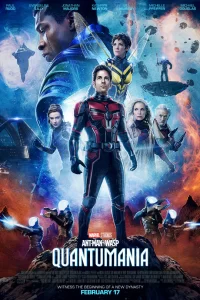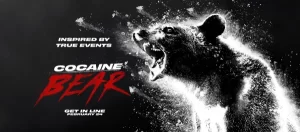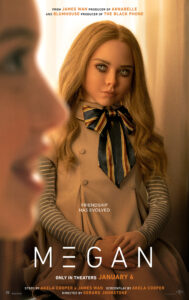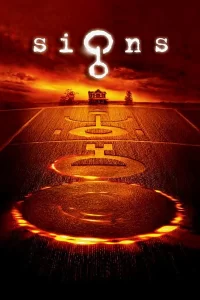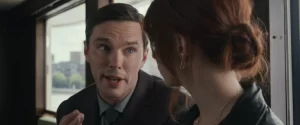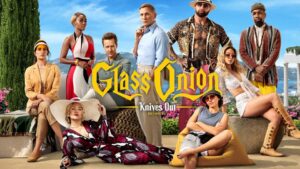The Marvel Cinematic Universe released its 31st feature film with Ant-man & The Wasp: Quantumania boasting an impressive cast, a fantastic adventure, a realty-twisting setting, and lacking in emotional weight.
As shown in the trailer, our heroes as pulled into the fantasy setting of the Quantum Realm by an ill-advised experiment and there must discover a way home while dealing with a new threat to the MCU.
Directed by Payton reed who helmed the previous two, and quite enjoyed, Ant-Man entries into the MCU, and written by Jeff Loveness, as his feature film screenwriting debut, Quantumania has action but feels empty. The element that had elevated MCU movies above other attempts at silver screen adaptations of comic book heroes is the devotions to characters and story. Even,
or perhaps more importantly, the lighter films such as the Ant-Man franchise have never forgotten that it is related characters with relatable issues that engaged the audiences. In the first film Scott Lang certainly battles and defeats villainous characters but it is in healing his relationship with his family that mattered. In the second movie family again is at the heart of the story with the rescue of Janet from the Quantum Realm and the found family of Bill Foster and Ghost.
Quantumania has no such theme. The characters enter and exit their adventure unchanged, showing no arc, no growth, no emotional scars for their challenges. This movie, like a bad Bond, is all plot (How do we escape? How do we win?) and no story (Who are we and what does this matters to us?).
Screenwriter C. Robert Cargill who wrote the first Doctor Strange film when asked about how much integrating he was told to do for that movie reported that the directive was write the best Doctor Strange movie he could, and the studio would worry about how it all fit into the MCU.
Quantumania feels the exact opposite of that. It is all set-up, exposition, and establishment for further franchise forays and sacrifices everything on the screen that might resonate with an audience for that overarching goal.
When I walked out of Quantumania and had lunch with my sweetie-wife I placed this film in the third quarter of the MCU’s feature film but as the days have passed and less and less of the film remains in my head to any impact, I must categorize this is belonging in the lowest quarter of the MCU. I have seen worse big budget massively produced movies but for Marvel this is a miss.
